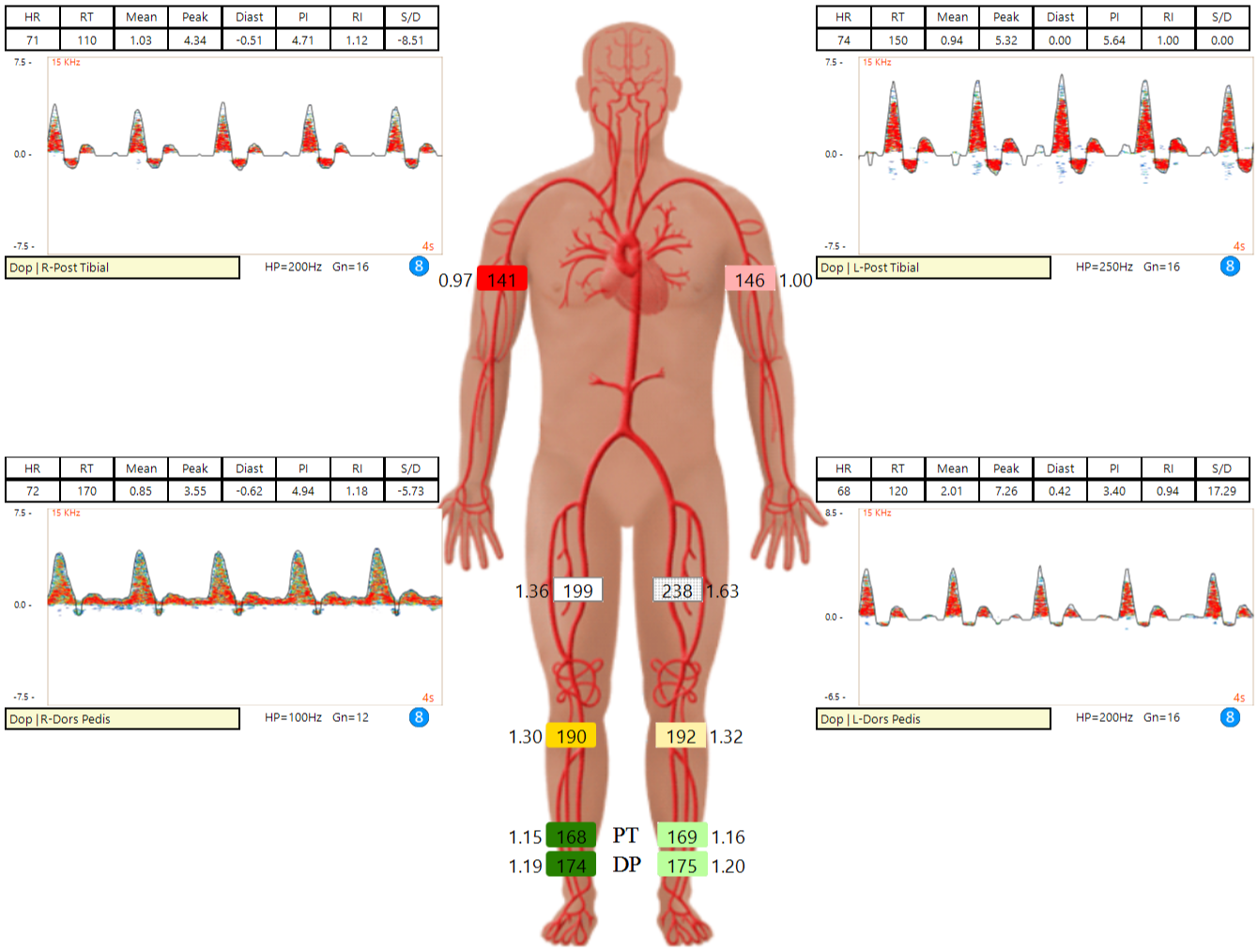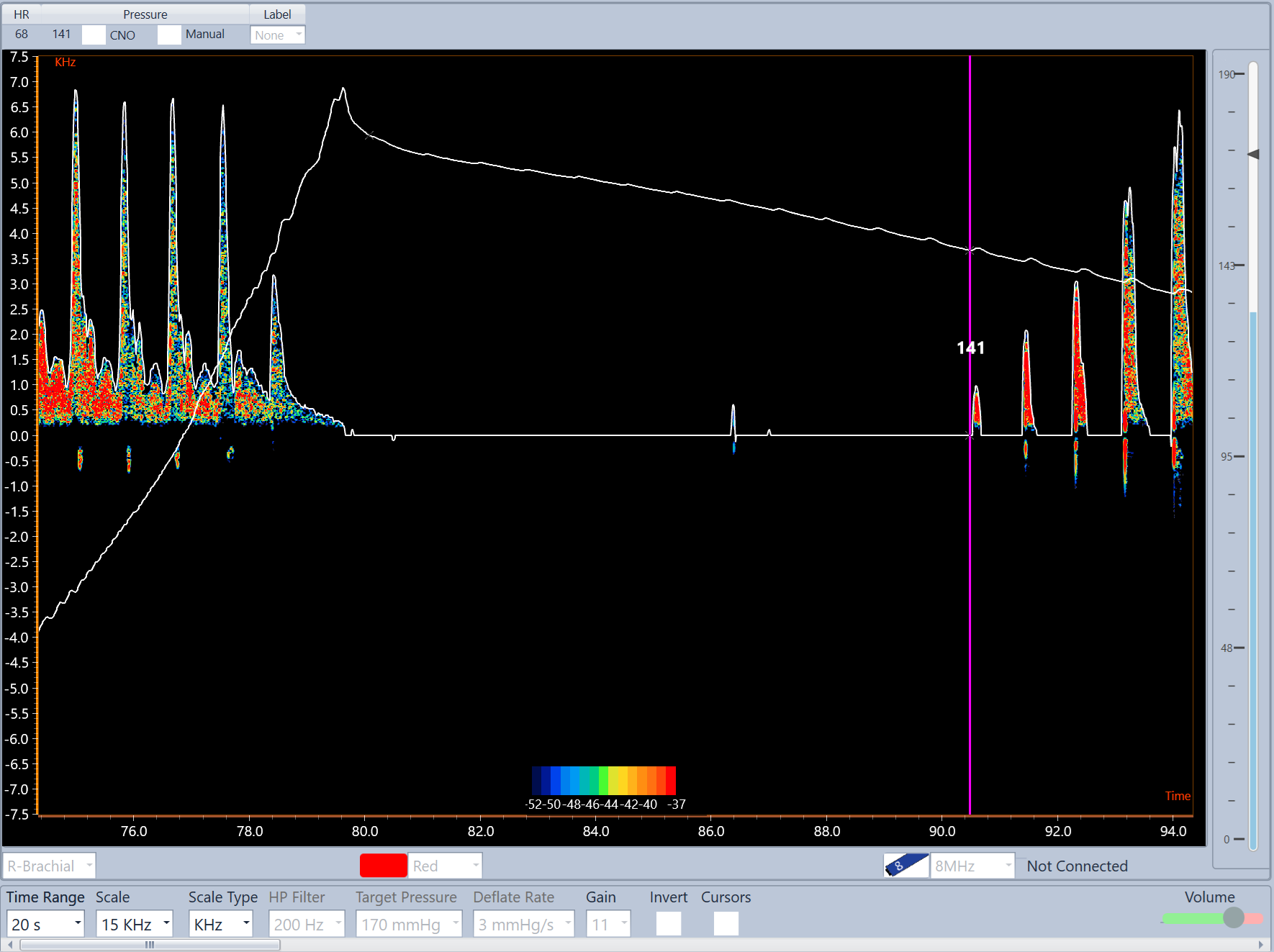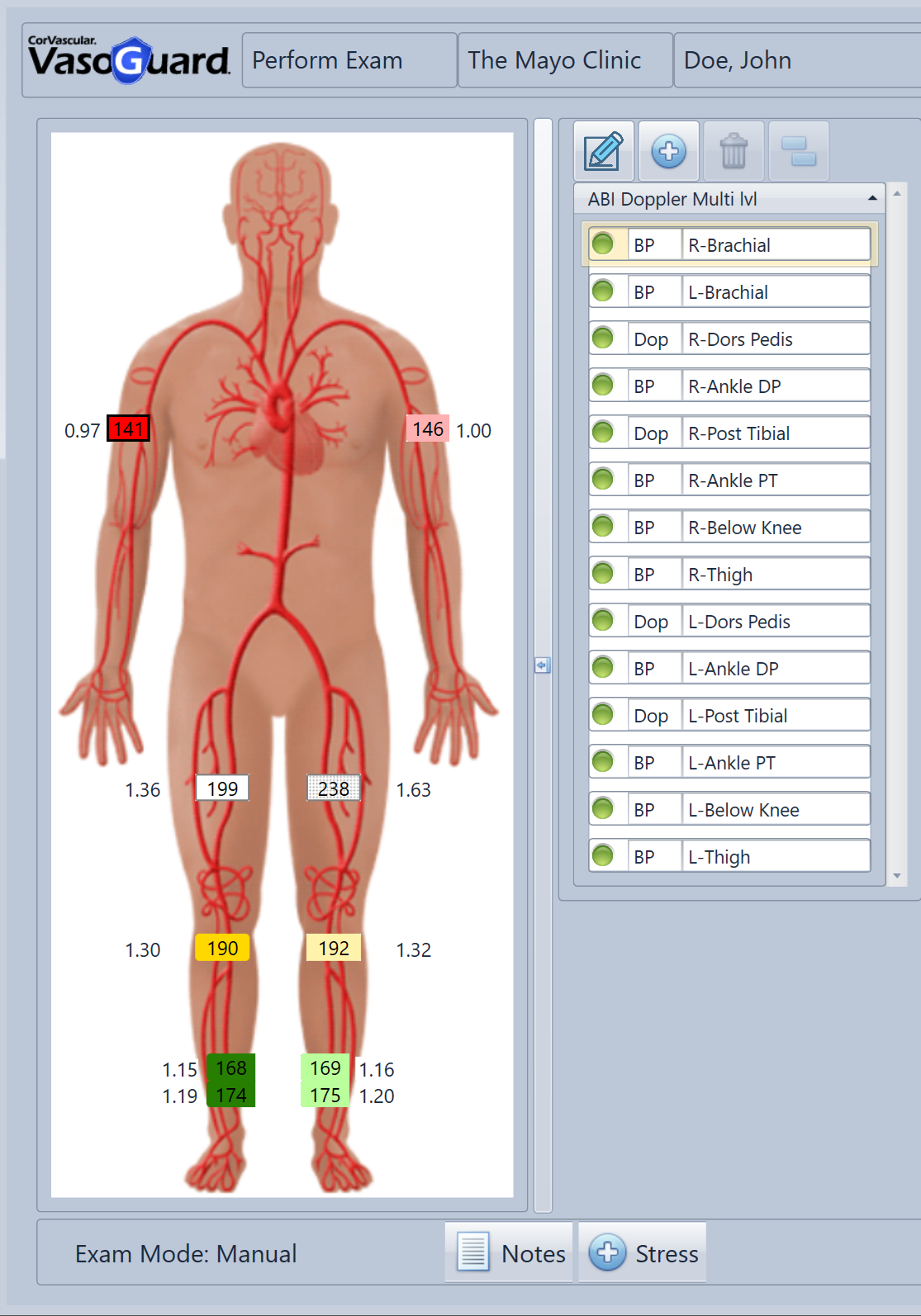What is Ankle Brachial Index (ABI)?
The Ankle Brachial Index (ABI) is the ratio of the blood pressure at the ankle to the blood pressure in the arm. A low ABI indicates reduced blood flow to the legs, which may be caused by arterial narrowing or blockage. This non-invasive vascular test is widely used for peripheral artery disease (PAD) screening and monitoring.
- Quick and painless procedure
- Highly sensitive for detecting PAD
- Recommended for at-risk populations
- Cost-effective screening tool


